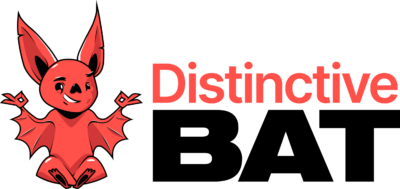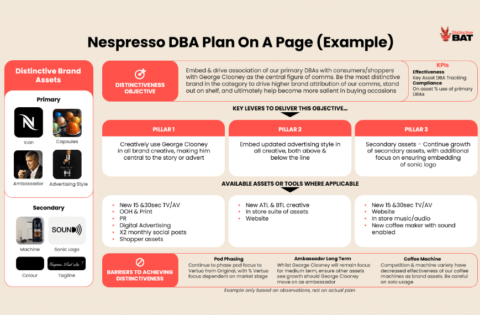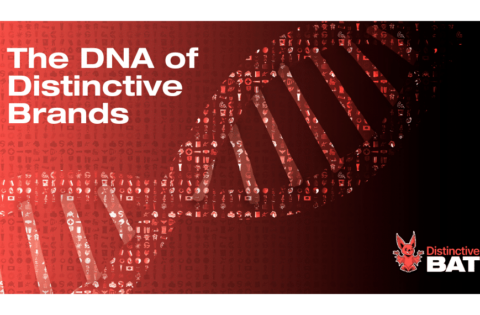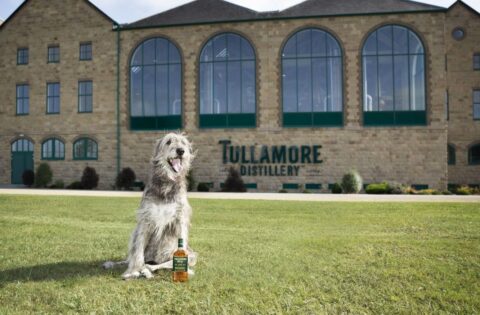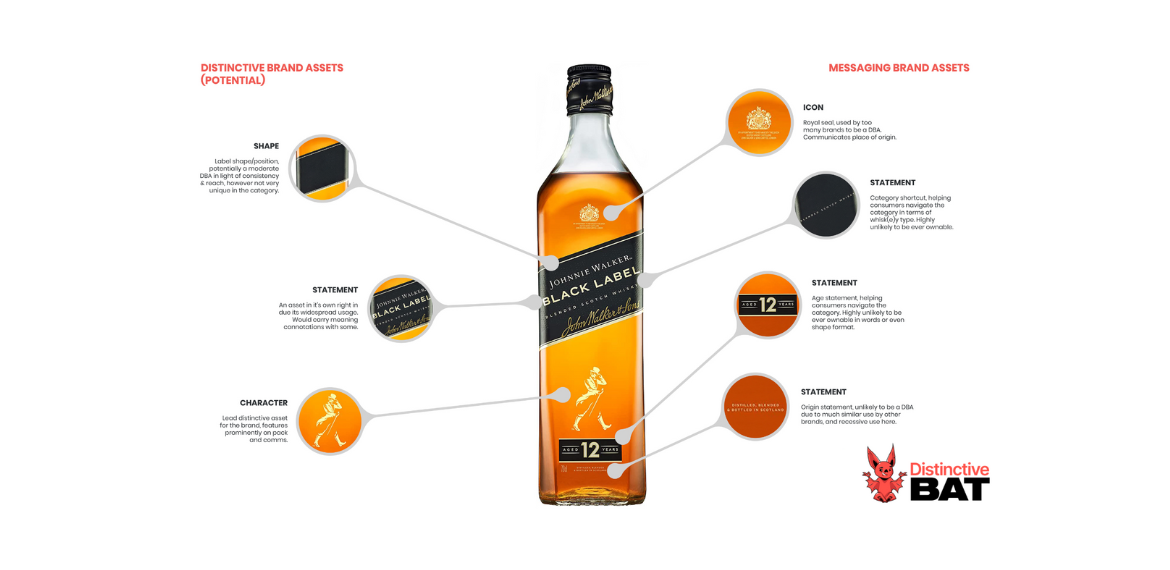
Distinctive Brand Assets and Messaging Brand Assets
Distinctive Brand Assets and Messaging Brand Assets
The importance of meaning in Distinctive Brand Assets (AKA Brand Codes) is one of the most ambiguous areas in distinctiveness discussions. Clients provide us with a draft list of assets to research against distinctiveness metrics as part of our research and consultancy process. One of the main things we find is that this frequently contains a significant number of assets that lean more toward the meaning or differentiation camp than the distinctiveness camp. Most sectors have codes to help consumers navigate the category, and there is often confusion or mistaken belief that they are ownable Distinctive Brand Assets. In reality, because of their shared meaning by consumers, their use across brands makes it nearly impossible for them to be Distinctive Brand Assets; however, this does not mean they are unimportant. One of the primary outcomes of DBA research is that brand and insights teams will have a clear understanding of their actual DBAs and also likely category codes, making their inclusion in the research useful. However, for those who are not conducting DBA research, it is important to understand the differences and the roles that individual assets or codes play. Some assets are Distinctive Brand Assets, while others are Messaging Brand Assets, and some assets can fall into both camps.
Why is this important?
It is important to be clear on the role of an asset for a few different reasons.
“The asset isn’t really relevant to the category.”
Assets are often picked as DBAs because they appear to be highly relevant to the category. This is often a red flag in and of itself. Because something is so relevant, it often can be used in multiple forms by competitors, and so the asset becomes hard to own. In the whisk(e)y category, for example, a cask or cooper-related asset makes sense, but they are used so extensively by so many other brands that it would be impossible to grow one into a DBA of note.
Distinctive Asset Measurement: Brand Research That Provokes Action
Used by some of the world’s most distinctive & leading brands






“The asset doesn’t help communicate our positioning.”
This is quite a common situation. The brand has a relatively good DBA that has been built over time, but it does not align with the new/current positioning and/or point of differentiation. As a result, it has been scaled back or, worse, consigned to history. So often the baby is flung out with the bathwater. In order to protect the DBA, it is important to understand the primary role of your DBA(s), which is to assist your brand in standing out and to ensure that all communications and touchpoints are well branded. Other levers can help with positioning, to name just a few; advertising messaging, advocacy programmes, product quality or features, customer service, sponsorships, pricing mechanics, and public relations. By defining the role of specific assets, you can prevent them from being fudged, misused, or relegated for the wrong reasons.
In other cases, a brand spends so much time looking for the perfect asset with the perfect meaning for their brand that they never start embedding one. Brand teams change, and years pass before an actual distinctive asset with potential starts to be embedded. The best time to begin embedding a distinctive asset was yesterday, and the second-best time is today.
It is also worth noting that we often have a chicken/egg scenario when it comes to DBAs and meaning. So much of this meaning is built over the years by a brands activity, rather then purely down to the initial raw semiotics of the asset. While the Nike swoosh obviously had some positive “on brand” connotations from the get-go, it is the brands activities, sponsorship, and place within culture which has built it into the 360° asset it is today.
Distinctive Brand Assets are also not short-term initiatives, they are for the long term. Meanwhile, a brand’s positioning can be more fleeting, with most brands lucky if they maintain their desired point(s) of difference for even 5 years in light of changes to CMOs or the insight of the day. Trying to marry this with your brand asset(s) highlights the friction. A DBA should outlive many, many CMO’s.
“The asset isn’t distinctive enough.”
Most category codes do not perform well across distinctive metrics because they are usually attributed to multiple brands, or they feel familiar to consumers, but they cannot recall which brand it is attributed to. This is fine; recognise that these codes serve other purposes as shortcuts for consumers navigating the category, and while they may not be distinctive, they can still be useful on your pack or in communications.
Examples
Take, for example, a box of Kellogg’s Crunchy Nut cornflakes. There are several different elements or codes on pack, some of which are DBAs, while others are simply there to communicate something and don’t add much value as distinctive assets. For example, and to state the obvious, some of the pack statements exist solely to convey a message. The statement “No.1 Taste Brand” is most likely supporting product credentials and could be a DBA, but it’s highly unlikely unless prioritised across touchpoints. Other “assets” such as the product shot, are also unlikely to be a DBA and just doing the obvious, showing consumers the product. Meanwhile the honey dripper could potentially be a DBA if really utilised by the brand, AND is also communicating honey as a key ingredient.
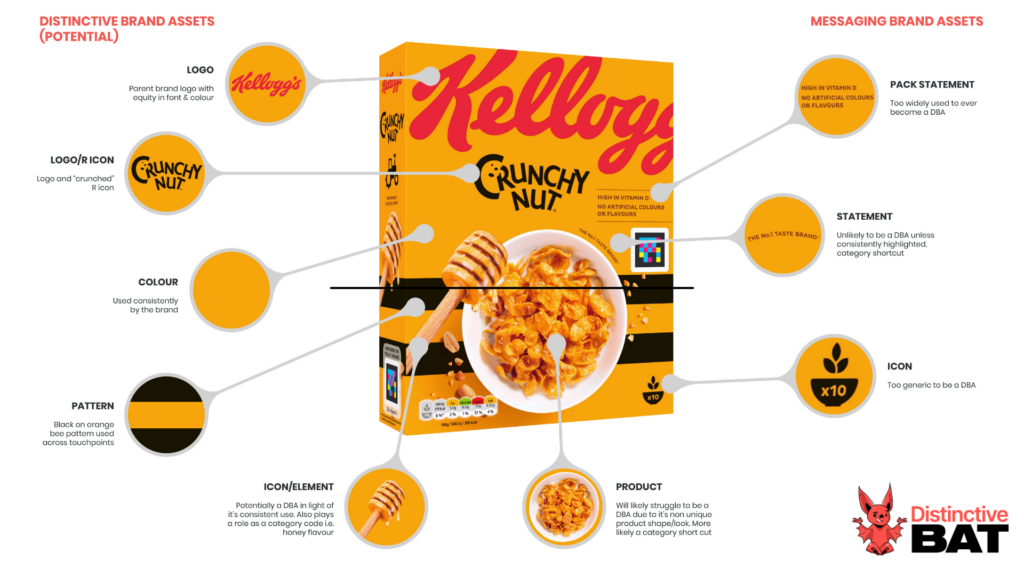
Other categories, such as whisk(e)y, have numerous category shortcuts. Looking at Johnnie Walker, we can see which assets are Distinctive Brand Assets and which are Messaging Brand Assets. The latter are unlikely to be used as a branding device or to help the brand stand out on shelf or in people’s minds. Age statements, which are common across whisk(e)y, are unlikely to be ownable, as are origin or subcategory statements or icons. These are good examples of assets that are not DBAs but still play a role on pack.
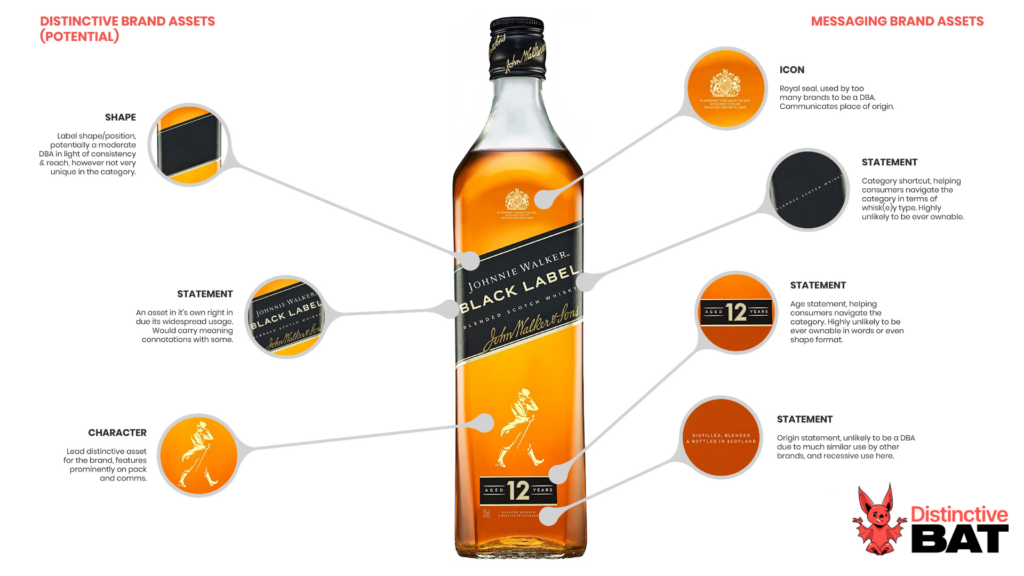
The character or icon, “the striding man,” is one which straddles both camps. It is used by the brand as a distinctive asset, appearing on pack and heavily across touch points. It also has meaning connotations for some and is related to the brand’s “Keep Walking” platform. Not every brand is as fortunate as Johnnie Walker to have their main brand asset doing a distinctivity job and a differentiation job.
The DNA Of Distinctive Brands
Inspire your team and brand, by understanding how to achieve greater levels of distinctiveness with our guide to Distinctive Brand Assets
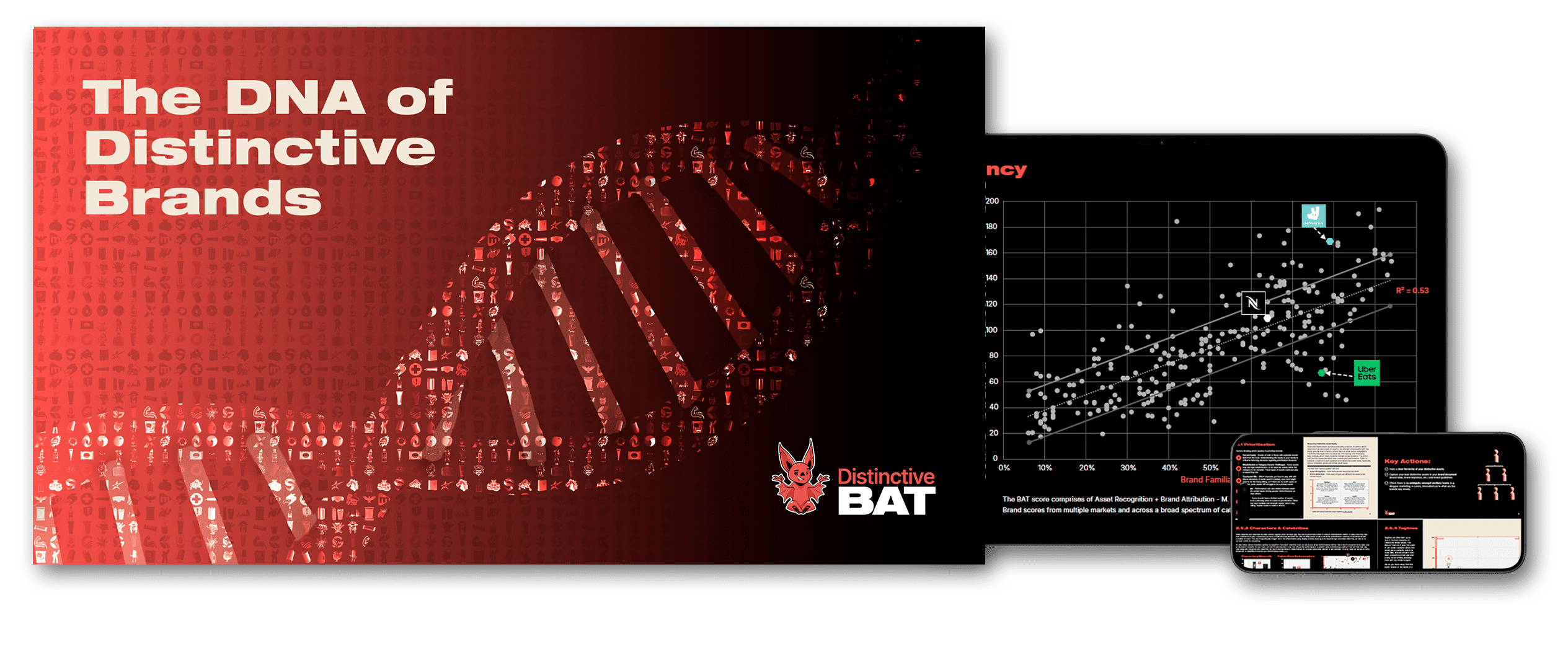
Then there are some unicorn assets. Assets that are both very distinctive in the category, but also play a crucial role in communicating a point of difference or indeed a category short cut. One such example is the adhesive/glue brand “Gorilla Glue” (A brand you may not be familiar with unless you are tasked with fixing broken household items!). The brand executes their DBAs extremely well. Aside from the use of orange across the range which they do consistently, it is the use of the gorilla in their logo, on pack and across other communications which provides a best-in-class case study. Needless to say, it is also apparent what the gorilla communicates to consumers at point of purchase that provides a good category short cut. When faced with plethora of brands at fixture, this type of asset helps make the brand choice easier.
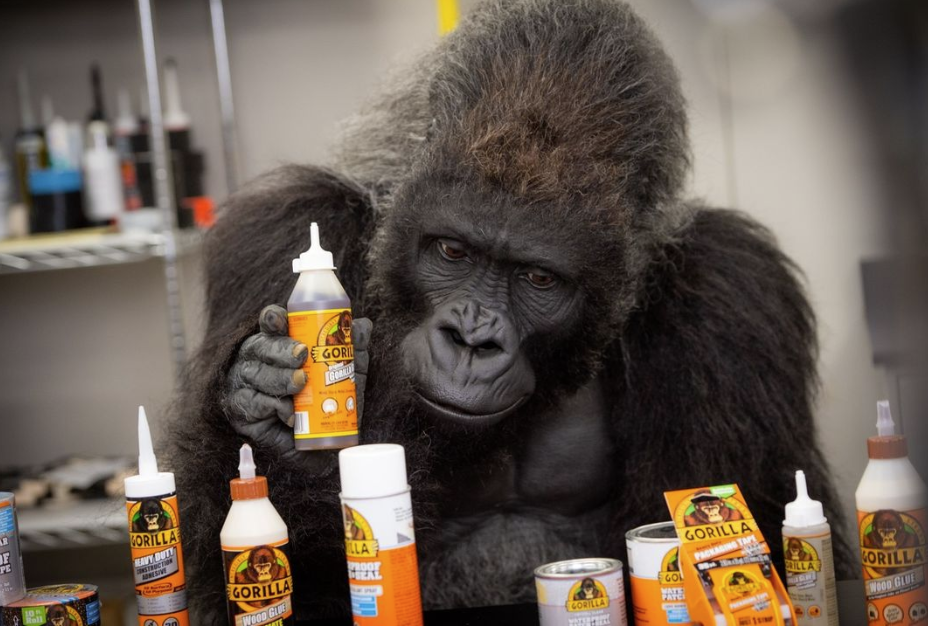
Character led assets are some of the most hard-working distinctive assets, and their time in the spotlight often leads to their downfall, with the decline of a brand laid at their feet. So many strong performing distinctive character assets have been relegated to the archives in recent years. Rather than binning them completely, follow what David Taylor & the team at the brandgym call “fresh consistency”. See how you can maintain what is working with said character, but update based on your needs from a messaging or positioning perspective. Characters are quite a multi-dimensional asset (also playing an attention-grabbing role) and their ability to speak (in many cases) can be used smartly for your positioning objectives.
In Summary
While it’s fine to strive for a unicorn asset such as the gorilla, “don’t let perfection be the enemy of the good.” Choose a DBA, embed it, and start seeing the fruits of your labour. Make sure your brand is clear on which assets play which roles so there is no ambiguity in how and where they are used, allowing you to focus on which ones to prioritize as Distinctive Brand Assets.
If you would like help understanding how your brand assets perform, contact us here.
- For further reading on the importance of meaning when it comes to Distinctive Brand Assets, we recommend the “Does a Distinctive Asset’s Meaning Matter” chapter in Jenni Romaniuks seminal book “Building Distinctive Brand Assets”.
- To understand the differences between differentiation and distinctiveness, and why both are important, check out this video from Mark Ritson
Have any questions on Distinctive Brand Asset Research or Tracking? Drop me a message via LinkedIn or email at hello@distinctivebat.com
Distinctive Asset Measurement: Brand Research That Provokes Action

Used by some of the world’s most distinctive & leading brands






